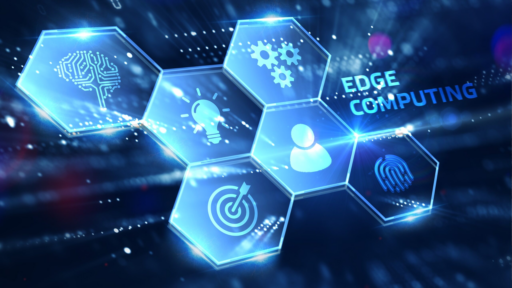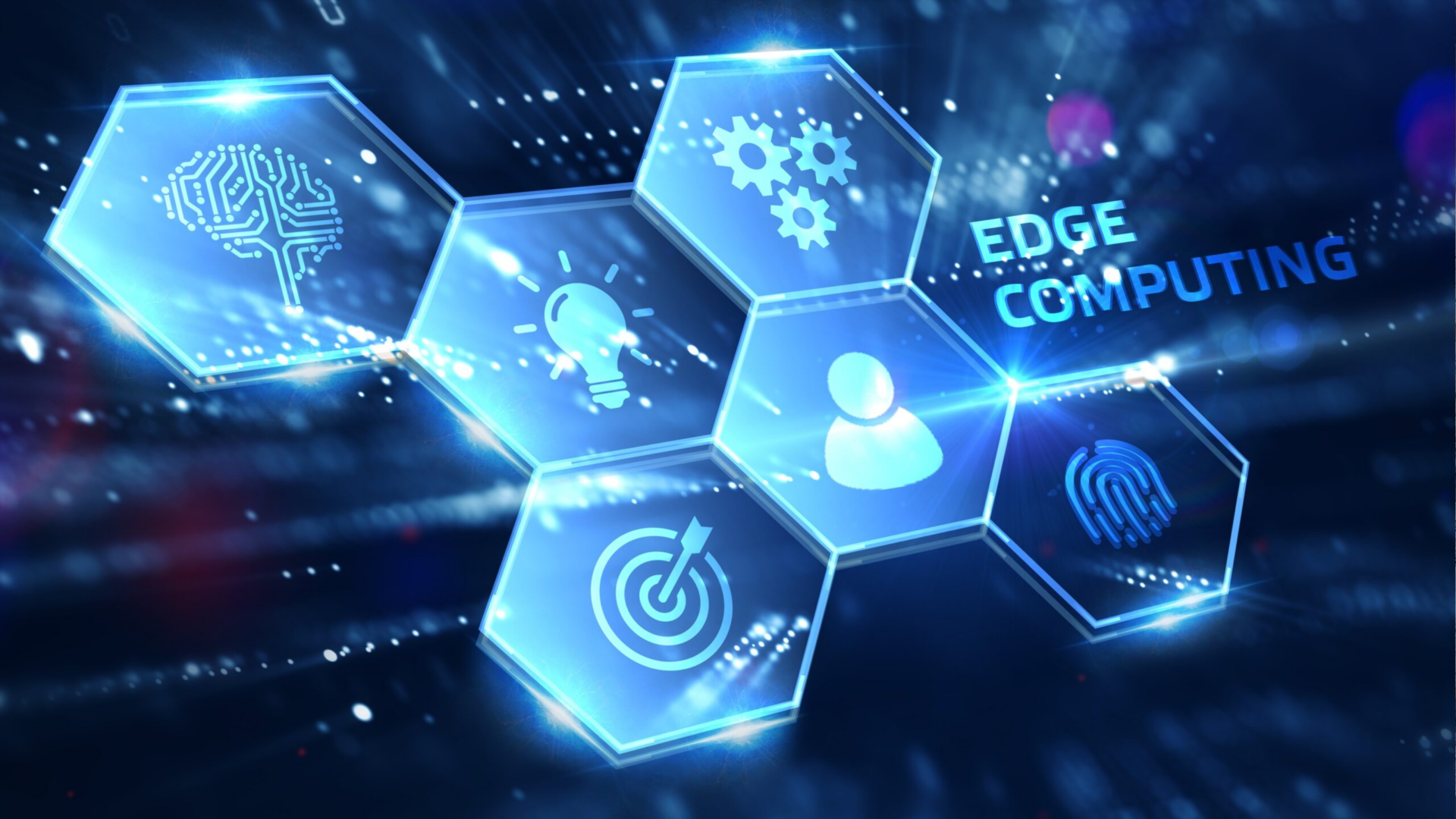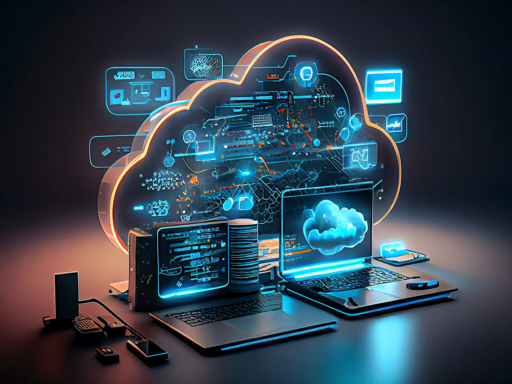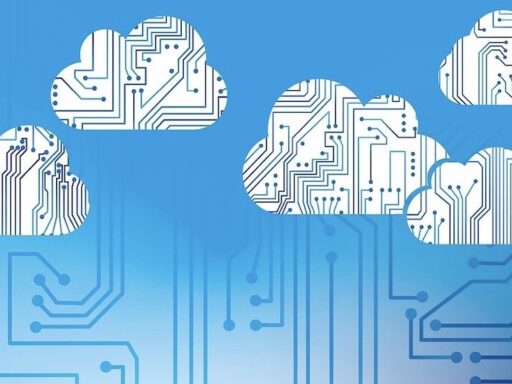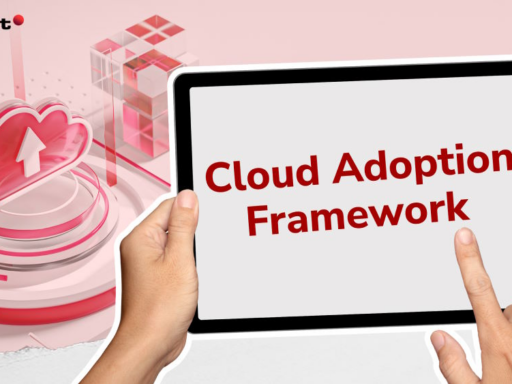These days, we hear a lot about edge and cloud computing. Both have transformed how we store, access, and analyze data. But what’s the difference between them? Let’s break it down.
Cloud computing refers to accessing computing power over the internet from big providers like AWS, Azure, and Google Cloud. You get resources like servers, databases, and software without owning the physical hardware. This approach offers major benefits.
Scaling is easy – just add or remove resources as needed. You only pay for what you use, lowering upfront costs. And anything with an internet connection can access data. Cloud also reduces IT maintenance headaches.
Edge computing takes a different tack. Rather than sending all data to centralized clouds, it processes information close to where it originates – like from IoT devices or local servers. This lightens the load on networks and speeds things up.
With Edge, responses are faster since data doesn’t have to travel far. It cuts down on bandwidth usage too. This makes Edge great for applications requiring real-time response, like self-driving cars or factory automation. Keeping data local also bolsters security in some cases.
So in summary – the cloud is best for large-scale analytics, machine learning, and more that leverage massive computing power. Edge excels at low-latency uses like the Internet of Things. Often, they’re used together to balance capabilities.
Understanding these distinctions between edge and cloud will help organizations choose solutions aligned with their unique needs and workloads.

